Over a few years, 3D viewing devices have evolved significantly, changing the perspective to visuals altogether. 3D viewing devices are instruments fashioned essentially to provide each of the two eyes with pictures just slightly different from those received by the other eye.
Whereas, 3D imaging technology involves acting of depth utilizing advanced sensors or cameras to come up with the depth, width, and height of an object.
What is a Naked eye 3D Viewing Device?
Naked-eye 3D viewing device is designed to create 3D images that can be seen with the naked eye and without wearing special glasses or headset. It most often utilizes cutting-edge solutions such as autostereoscopic displays, lenticular, lenses, or parallax barriers to deliver depth straight onto the screen.
How Does Naked-Eye 3D Technology Work?
At the core of naked-eye 3D devices lies their ability to manipulate light and perspective. Here’s how our technology functions:

1. Lenticular Lens Technology
Lenticular lenses are developed to high standards to create slightly varied images for each of the eyes to view. By precisely orienting these lenses over a 2D screen, the device simulates depth and provides the audience with true 3D.
2. CCD Software Automatic Computation Correction
CCD software automatic computation correction or image correction refers to a process where an application algorithm or software fixes all sorts of image irregularities or anomalies inherent in the CCD image sensor. By default, it learns the interference, position, contrast, or pixel density of the image, improving accuracy and image sharpness.
3. Glasses-Free 3D Measurement System
A Glass-Free 3D measurement application without putting on the 3D eyeglasses lets them get and analyze the measurements in 3D. Housing autostereoscopic displays and sophisticated image processing techniques, it offer real and valid depth perception and other spatial data to act as a platform for implementing engineering, diagnoses, and designing.
Differences and Similarities between Naked Eye 3D Viewing Device and Parallax Barriers
Differences & Similarities
| ASPECT | Naked Eye 3D Viewing Device | Parallax Barriers | Similarities |
| Definition | 3D visuals without external accessories are possible with this advanced device. | A screen with slits or barriers for creating 3D effects. | Both provide glasses-free 3D experiences. |
| Technology Used | Utilizes lenticular lenses or advanced displays. | The light direction is controlled solely by slits or barriers. | Parallax barriers can be a component of naked-eye 3D. |
| Viewing Angle | Depending on the technology, offers a wide viewing angle. | Fixed slit alignment limits viewing angle. | Both have optimal viewing zones for the 3D effect. |
| Complexity | Processor and feature integration make it more sophisticated. | Simpler and cost-effective. | Both aim to create depth perception for the viewer. |
| Image Quality | A higher resolution and advanced techniques. | Moderate; quality depends on precise alignment of barriers. | Both are used in 3D display technologies. |
| Applications | Games, medical imaging, and advertising are among the broad applications of this technology. | Mainly used in basic 3D digital screens. | Both depend on precision alignment for effectiveness. |
Conclusion
The use of 3D viewing devices still prevails and the advancements in technology leave the door wide open for product development. E3D naked-eye 3D viewing device is a significant advancement in visual technology, bridging the gap between the physical and virtual worlds, and offering innovative and practical applications.
Our E3D supports customization services including 3D optical design, core algorithm support, and real-time 3D content creation, serving diverse industries like healthcare, education, entertainment, and AI.





